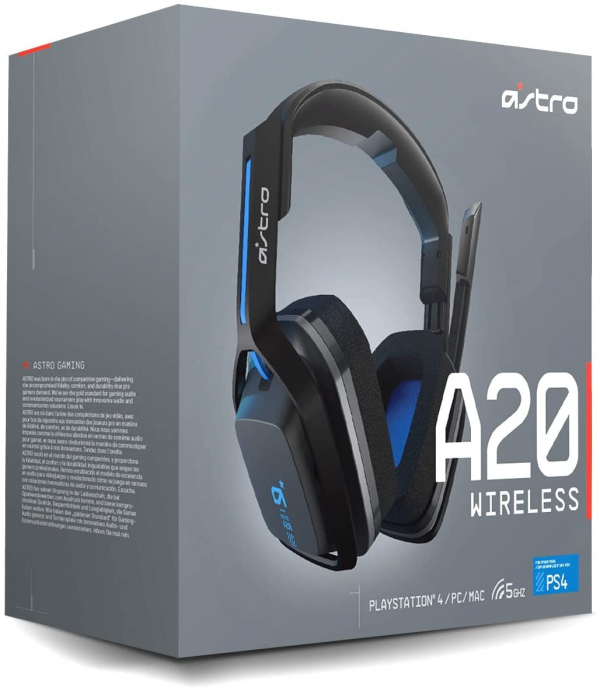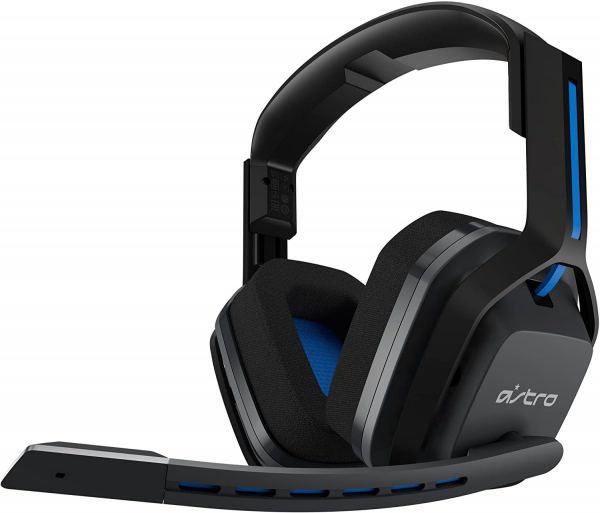Astro
Astro A20 Wireless gaming headset: a welcome return to basics
Aprox. 188€ - see price -
One year after launching its A10, Astro is back with another “entry-level” model, the A20 Wireless (launch price: € 169). This is intended as the gateway to the world of gaming headsets from the Astro brand, this time in the wireless category. Hopefully the American manufacturer has seriously revised its copy from the A10, which had particularly disappointed us ...
Our review
Ergonomics
The conception and design of the A20 Wireless are the result of a fusion between the A50 Wireless and the A10. We are therefore entitled to a return to the characteristic look of the beg helmets. This wireless model is quite massive, not extremely flexible, but it is light. It is largely protected by plastic shells, which are less dense and more hollow than those of the A50. They are nevertheless robust. If the finishes are correct, we still see many assembly marks on the internal surfaces of the helmet.
During our trial period, we did not notice any apparent or emerging defect, whether at the hinges, connectors, knobs or covers. Speaking of coatings, the A20 retains the fluffy ear cups of the A50. On the other hand, the roll bar benefits from a large rubber pad and the hinges are not the same: the system works like a kind of slide and the ear cups do not pivot flat.
The comfort provided by the A20 is honorable. The helmet is easy to handle and fits naturally on the head. The sensations at the level of the ear cups are similar to those of the A50: they include the ears uniformly, the pressure points are well distributed around the roof and there is enough room to accommodate his ears. The contact with the fabric covering is very pleasant and soft. It offers a good compromise between insulation and ventilation. Although not very flexible, the foam inside correctly memorizes the shape of our head.
The observation is a little different on the side of the hoop. Its less curved profile than usual generates more frank pressure at the top of the skull. Although the foam is not ultra-thick, it is enough so that this phenomenon is not felt too much. If not as soft as the ear cups, the rubber coating forces the helmet to stay in place on the head. A larger hair deployment at the headband would not have been too much for the larger heads (the helmet goes from 31 cm to 41 cm by measuring from ear to ear and passing through the top of the head).
In its quest for simplification, Astro has not forgotten its functionality and ease of use. The headset only communicates wirelessly using the transmitter / receiver provided. If it is not its size, the battery indications, the base function and the optical output, it is similar to that supplied with the A50. It is recognized from the start when it is connected to a PC or to a PS4 / Xbox One (depending on the version of the headset chosen) when it is connected. The quality of the connection is very good. It is perfectly stable and the maximum distance is very correct (about 10 meters in free field, even more in certain situations).
The selector on the back allows you to choose the source in question. Communication is ensured when the headset is on, no need to pair it. The use is also very similar to that of the A50. It has a micro-USB port for direct charging (by connecting it to the USB-A port on the back of the case or any other port), a thumbwheel for managing the general listening volume, two buttons for managing the mix between the volume of the game and voice chat, a power on / off button and another to choose one of the 3 configurable equalizers.
The basic indications are there to find your way. There are audio signals to inform of the status of the headphones, to find a minimum when mixing between the sound of the game and that of the cat and when changing the EQ profile. Two audio signals, one on the helmet and one on the box, indicate only the power on / off. We would have appreciated some indications (light or sound) for the remaining battery level, for example. The autonomy announced by the manufacturer is 3 p.m. In practice, this promise is fully respected and it is even possible to go much further (around 6:30 pm all the same), by not pushing the volume of listening to excess.
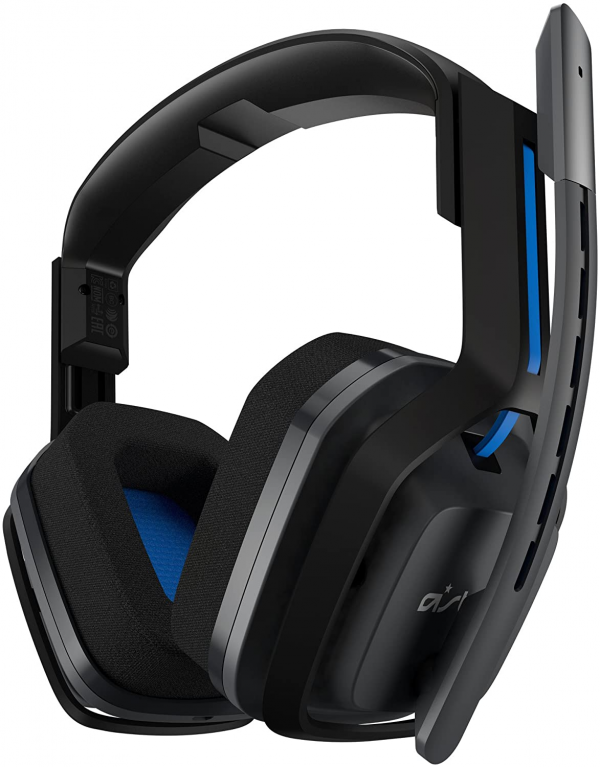
Software quality
The A20 Wireless is accompanied by the faithful Astro Command Center software. The interface is still as complete, without frills. The EQ setting is one of the best, if not the best available today. It is possible to make particularly precise settings and to organize several profiles.
Several modes of reduction of the surrounding noise are available and there are also some controls for the level of the microphone return in the headphones and of mix between sound of the game and cat. Too bad the software does not display the available battery level; you will have to be satisfied with the little beep emitted by the headphones at the end of the battery.
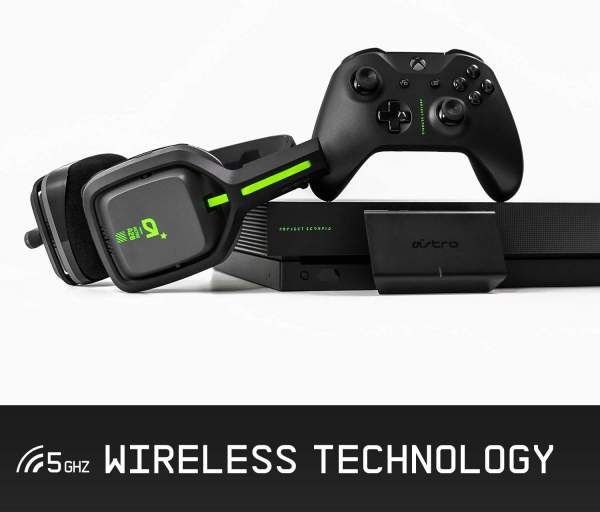
Audio
Without any intervention, the listening experience offered by this A20 Wireless does not unleash passions. This is without taking into account the equalization possibilities offered by the application which significantly improve the balance of the restitution. With a little patience, we arrive at a much more satisfactory result.
Basically, the sound rendering of the A20 is very warm. It frankly accentuates the low / low extremes while setting back the high mids. Fortunately, it is precise enough to avoid a dull, cavernous sound. The whole still lacks impactful, presence, which is especially annoying to differentiate the sources in the foreground from those more distant. We therefore advise you to take a little tour of the application side on PC to rebalance all of this: calm the overweight around 80 Hz, give a little boost around 400 Hz and a more serious accentuation around 2 and 4 kHz. Do not forget to also manage the Q factor (HR in the application) to avoid a too focused, incisive and therefore not very musical correction. To do this, stay in the range 1.5 - 2.3. You are free to adapt these recommendations to your tastes and your sensitivity.
Once this correction is made, we obtain a frankly more balanced and more pleasant restitution. The permanent distance effect disappears, we can easily identify the position of each source, whether in width or in depth. What is more, the timbres are better respected and the sound quality is more defined. Contrary to what the curve might suggest, there is no exaggerated focus at the treble level. They deploy naturally, although we expected more details and generosity in the treble extremes. This also applies to severe extremes, too shy a coat.
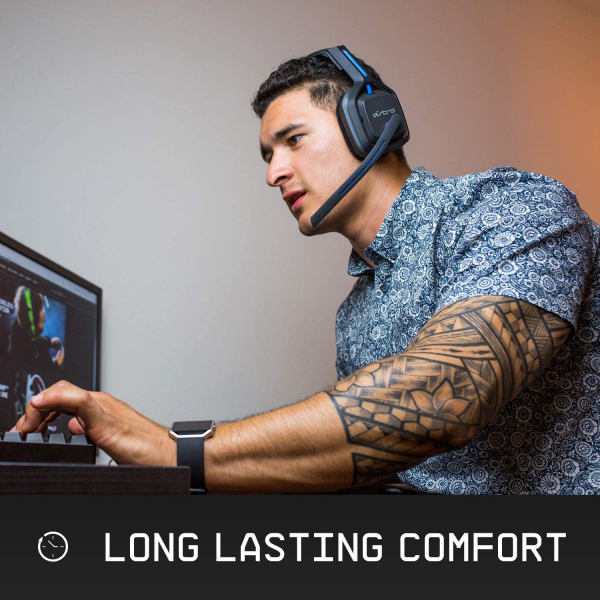
Microphone
The A20 Wireless is accompanied by a gooseneck microphone which is similar to that of the A50 in terms of design. Thanks to its flexible base and its long branch, it is very easy to place and it always stays in place. It cuts and reactivates automatically when it is folded down.
It offers quality capture for wireless headphones. The signal is clean, strong, and the surrounding noise is well attenuated. The voice is perfectly intelligible, the timbre is rather well respected, even if we clearly feel a pronounced focus on the mediums because of a narrow bandwidth; no wonder for wireless communication. In summary, it will be more than enough for voice communication with your teammates.
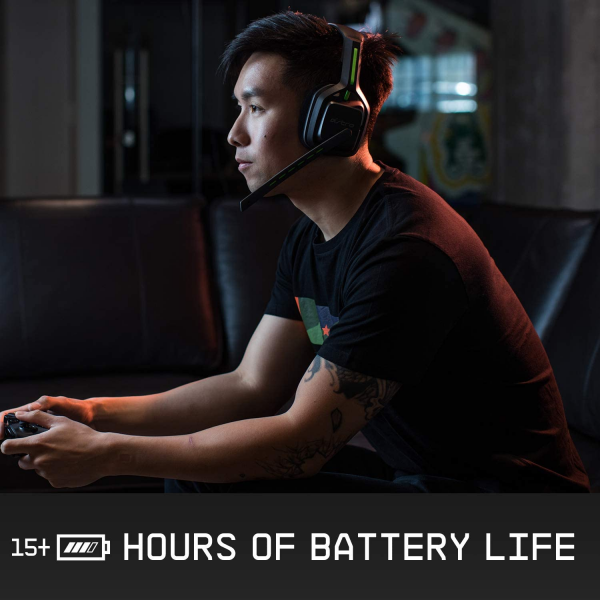
Conclusion
Astro was much more inspired by the A50 Wireless to design the A20 Wireless than the A10, and that's good. We have here a sleek wireless headset, but not minimalist or at a discount. It offers everything you need to play in good conditions, whether on PC or consoles. However, the A20 has a direct competitor of size, the RIG 800, which proves all the same more comfortable and overall more efficient - for an approximately identical price.
